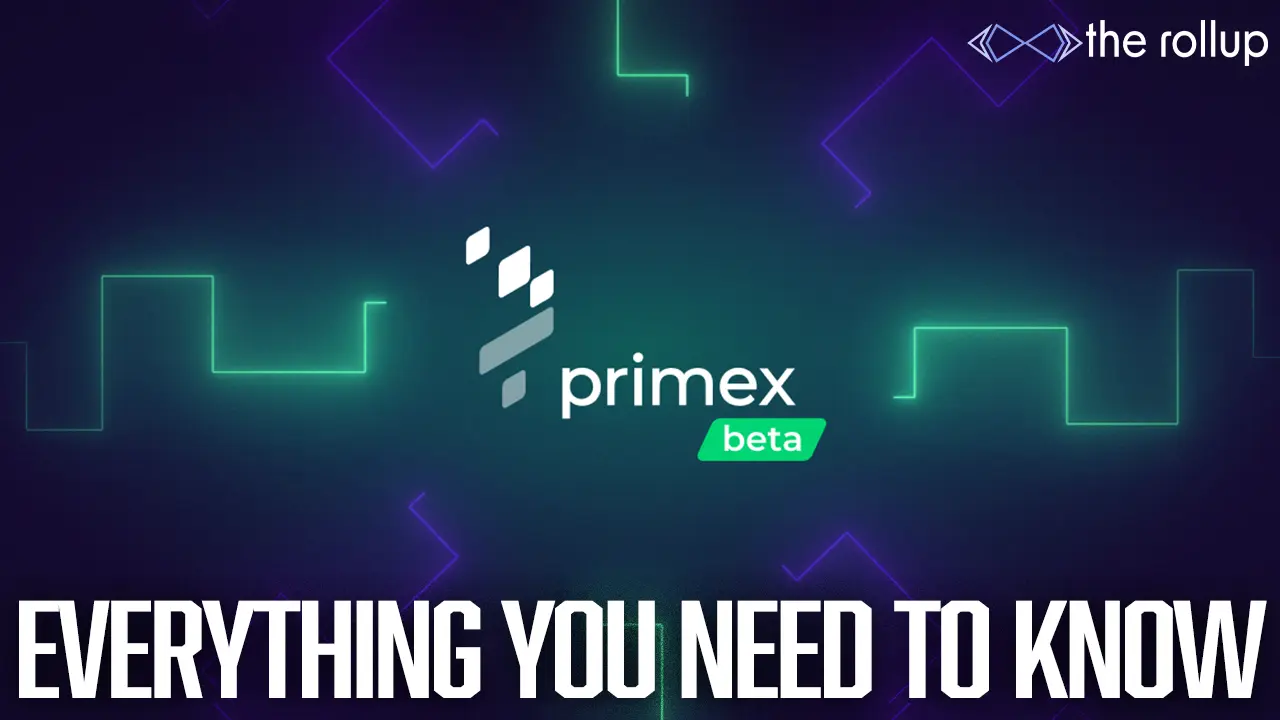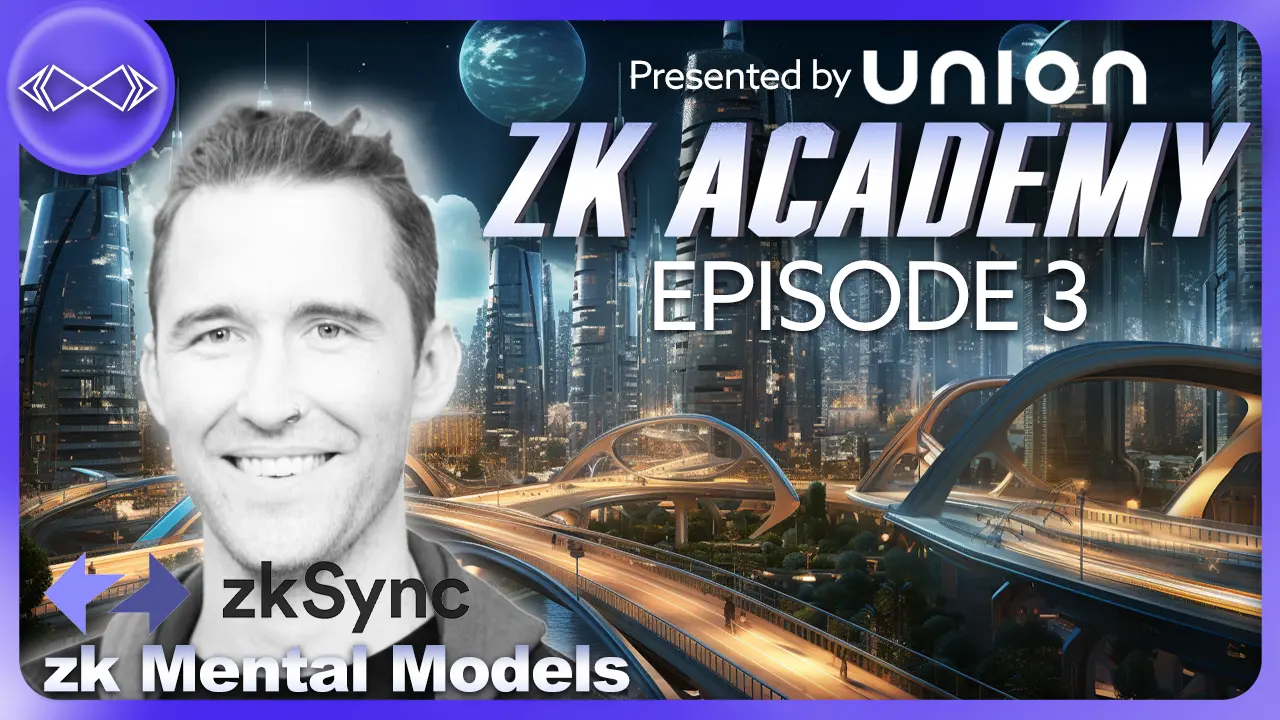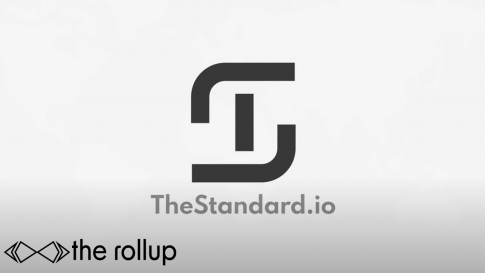Options & inverse indexes to save yer arse Cap’n!
DeFi Slate Fam:
DeFi summer was lit. DeFi winter was cold. DeFi spring should also be lit.
Perhaps its a little too late for this one, but as an old wise Uncle Ben once said:
“With great power, comes great responsbility”
And I geniunely think being a DeFi degen power user is great power, but also comes with great risks & responsibilities.
One of the risks, you ask?
Getting rekt by the FuTUrE oF fInAncE and then selling the bottom…that, my friends, is no bueno. In today’s *this is a post you see at the bottom* ahem, excuse me, Master It Monday, we go over protecting your downside and hedging risk using DeFi tools! Enjoy 🙂
-Andy

???? Big Ups To Our Great Sponsor Aave: Earn Interest & Leverage Your Assets with Aave, a non-custodial money market protocol leading the #DeFi charge.
ALPHA LEAK: Deposit LINK tokens into Aave to get aLINK, then head over to Yearn to put your aLINK into the yaLINK vault for extra yield. It all starts here with Aave!

???? Shoutout to DeversiFi! Trade at lightning speed, with deep liquidity, directly from your privately-owned cryptocurrency wallet on DeversiFi’s L2 gasless exchange!
????Their new roadmap is LIVE with liquidity mining on Beehive 1.0 coming soon????
Master It Monday: Hedging & Protecting Your Downside Using DeFi Tools
The last 2 months in the DeFi markets have been rough. The DeFi Pulse Index ($DPI) was down nearly 60%…trading at $136 at its peak all the way down to $59 in early November.

And thats an INDEX, which means it reduces upside and downside volatility because some tokens are less volatile than others in the index & rebalancing automatically resets the ratios of the tokens.
In DeFi, the flywheel effect is a very reflexive characteristic of all tokens with TVL as a metric. Since much of the TVL comes from the tokens valuation (example: there is alot of $AAVE locked in Aave protocol, and $YFI locked in Yearn Finance) so if the price of $AAVE or $YFI increases, so does the TVL in each of the respective protocols & as we’ve recently seen it goes vice versa as well.
Over the last two months we’ve seen TVL in Yearn Finance (h/t DeFi Pulse) decrease rapidly from nearly $1B to $345M. A 60%+ drop. What does this mean for price?

Well, you could pretty easily assume that price going down is causing this + as a result of seeing this trend has gone down…leading to an exponential move up & and a rapid move down?

And thats exactly what we saw. Similarly on the way up, TVL in Yearn was skyrocketing with their vaults & governance staking, so naturally price of the native asset $YFI was also quickly appreciating.
The question now is: How is TVL looking? Increasing? Is it stabilizing? Could this mark a local bottom in DeFi?
Well, TVL is actually looking incredibly strong in DeFi. This is one of the first sectors of crypto that actually gets *real* value from BTC & ETH rising in price because of the TVL factor.
Total TVL in DeFi is actually right at an ATH…yet many people are still wearily bearish on the sector. 2 month bear market PTSD? We think so, while it might not be over yet we can certainly agree that this metric is bullish.

Regardless of where you think price is headed next, being able to mitigate your downside in DeFi is going to be crucial. As we now know, the flywheel not only works to the upside but also when bears come out.
Inverse Indexes
An index is composed of several assets which mimic the overall performance of a specific sector of the market. The largest index is the S&P500 which is made up of the largest 500 companies in the United States.
In DeFi, there are a few indexes which you can find and invest in. For the sake of being 100% trustless, we prefer sDEFi, Defi +L/S & DPI.

These indexes are made up of popular, volatile DeFi tokens which allow an investor to get exposure to the sector without having to purchase single-assets and manage many positions at once. Not only is this convenient, but the each index tends to have less upside & less downside than holding one single token due to diversification.
The inverse index we want to point in your direction is the Synthetix iDEFI & iETH. Currently the iDEFI one is on pause because it hit its upper limits (lol if thats not a bottom sign than what is?), but the iETH synth is up and running smoothly and has been getting rekt this week, down 24% because Ethereum has been very bullish this week.

When you purchase iETH, you are purchasing an inverse Ethereum synth, effectively a 1x short on Ethereum where the price of the synth increases when ETH goes down in price, and decreases when ETH price rises. Simple, effective, and a great way to hedge your bets on Ethereum and DeFi only going up forever because fUtUrE oF fInANcE!
Buying Call Options on Opyn
First, what is a call option?
“Call options are financial contracts that give the option buyer the right, but not the obligation, to buy an asset at a specified price within a specific time period.”
Basically, you get to buy an asset at a specified price (lower) than what it is now to protect against downside volatility. By purchasing a call option for Ethereum on Opyn, you are giving yourself the opportunity to buy ETH at a certain price lower than it is now on a certain expiration date, should the price decrease immensely.
Let’s look at an example:

So, you can purchase any of these call options for different prices of ETH. The more likely the price hits and goes below ($400 USDC – middle one), the more expensive it is to purchase the call option & vice versa.
In this example, we buy that one with 10 ETH.
We pay $59 total for protection to get the option to buy ETH at $400 USDC on November 20th.
In the event that $ETH is trading at say, $342 on November 20th, we get to exercise our call option and receive our 10 shares of ETH at $400 – instantly netting us a profit approximately $500.
(10 ETH x option price $400) – (10 ETH x current price $342) – (cost of cover + gas $80) = $500.
If I’m not mistaken (whew), you would receive slightly more shares of ETH so ~ 11.3 ETH @ $342/ETH as your profit. Earning 1.3 ETH. In this sense, we protected our downside and made profits because our option hit and we exercised it on the deadline. If you buy an option & it doesn’t hit, well, lucky you because your ETH holdings didn’t go down in value (or went up) and you didn’t have to exercise it.
Welcome to the world of hedging.
You can do the same thing for $DPI, $UNI and a few other DeFi tokens as well, giving you the opportunity to hedge your bets and stay consistent. Good luck!
⚠️ DISCLAIMER: Investing into cryptocurrency and DeFi platforms comes with inherent risk including technical risk, human error, platform failure and more. At certain points throughout this post, we might get commission for promoting certain projects, if this is the case we will always make sure it is clear. We are strictly an educational content platform, nothing we offer is financial advice. We are not professionals or licensed advisors.
Liked this post? Share with a friend 🙂
Subscribe to the DeFi Slate Newsletter & join thousands of other crypto enthusiasts:
????Check Us Out On Twitter!
????Join the community on Telegram Channel to get our free V.1. yield farming guide!
????Subscribe to our YouTube channel!
Check out some previous interviews:
DeFi Slate x TheEther: A social governance experience for Ethereum
DeFi Slate x Nick Fett: Oracles, Tellor, and the future of DeFi
Last week in review:
Recent tweets:





